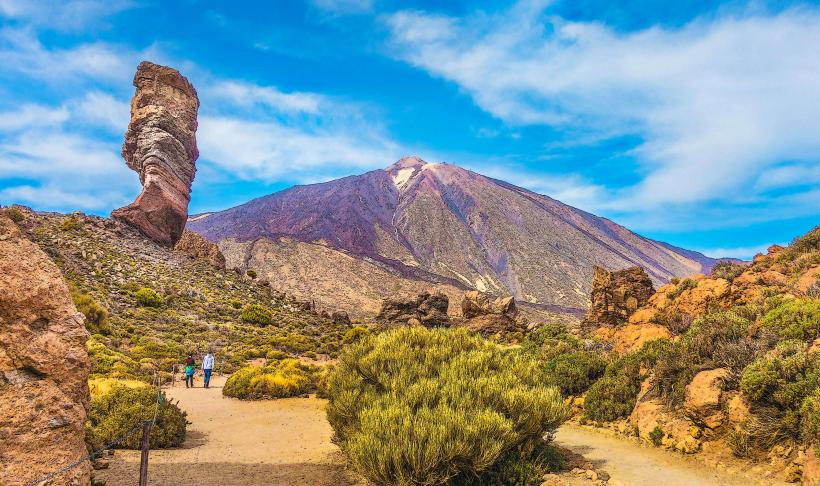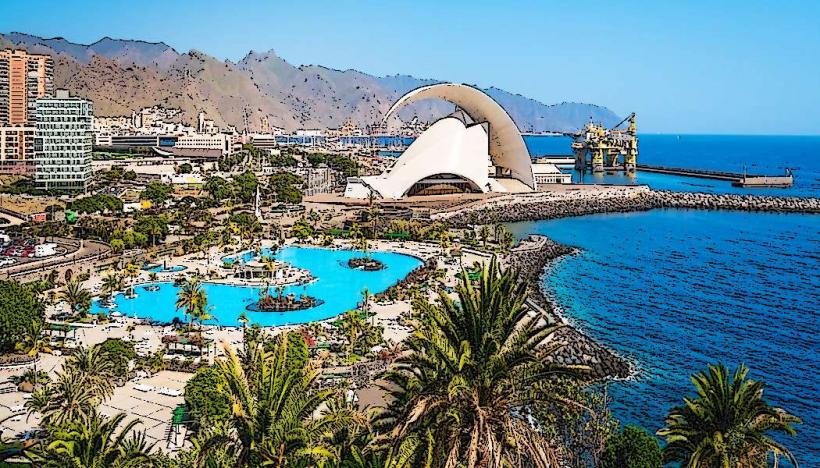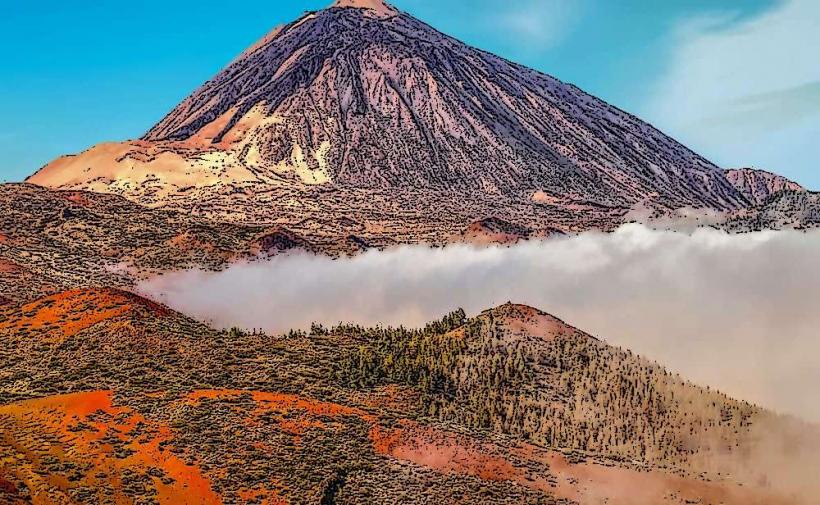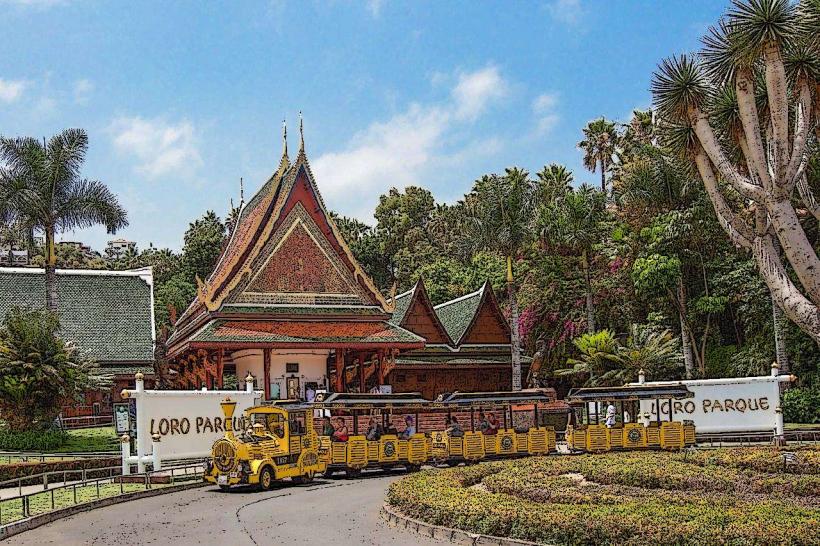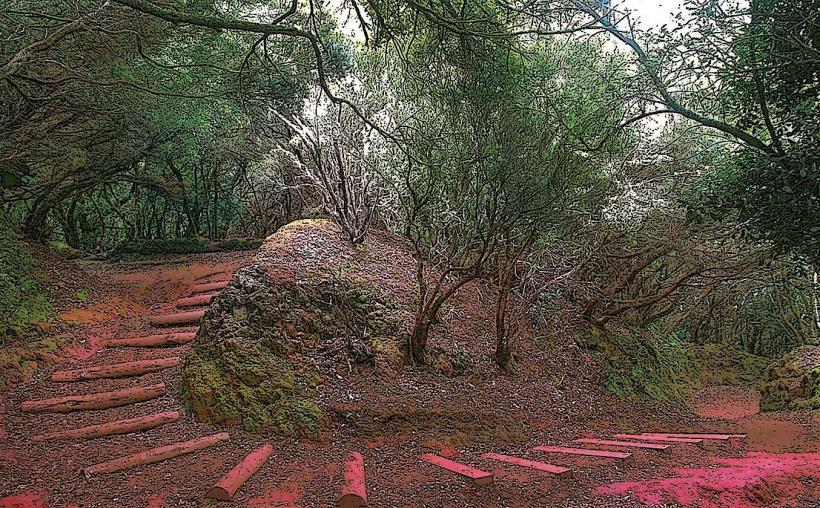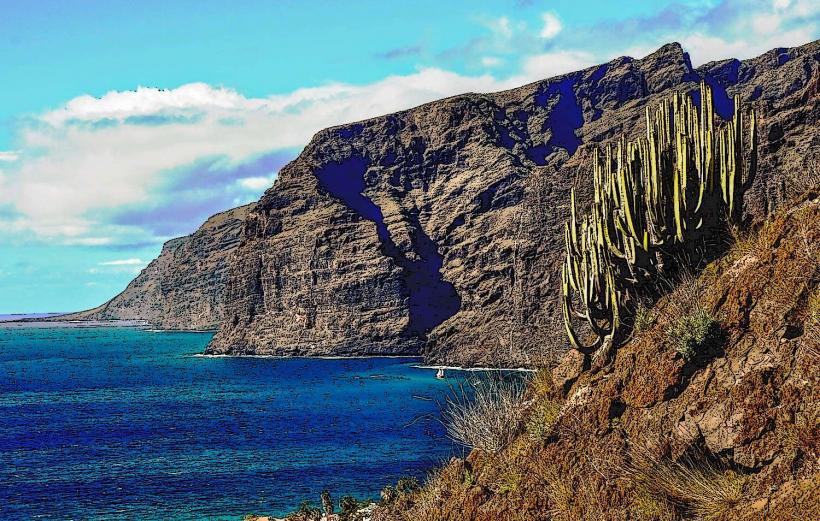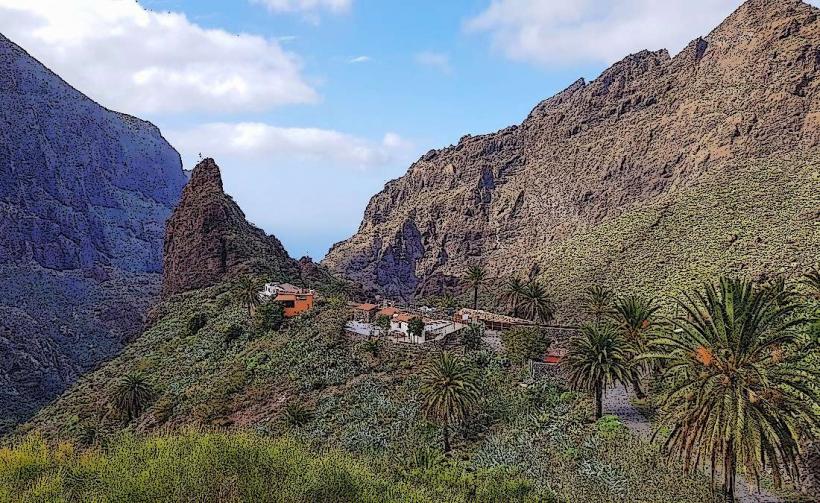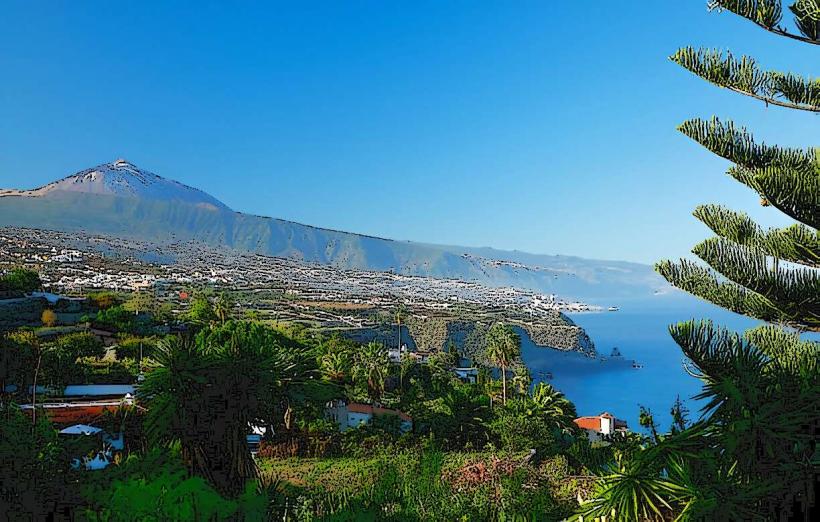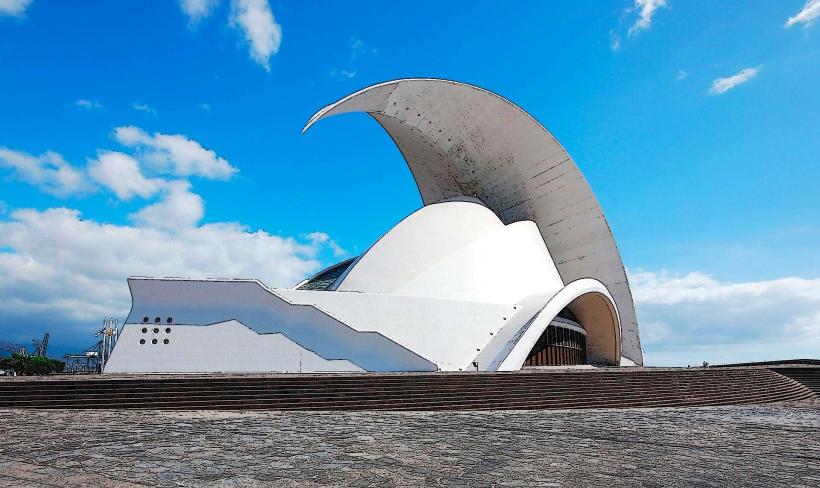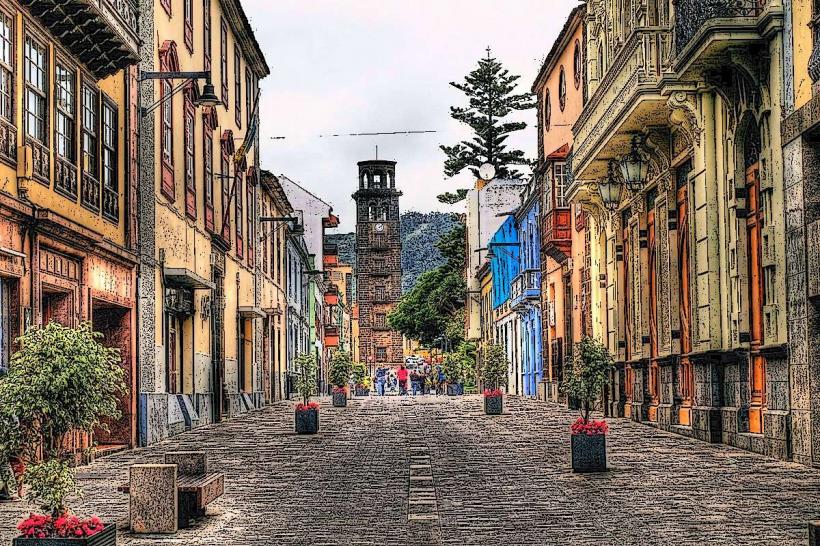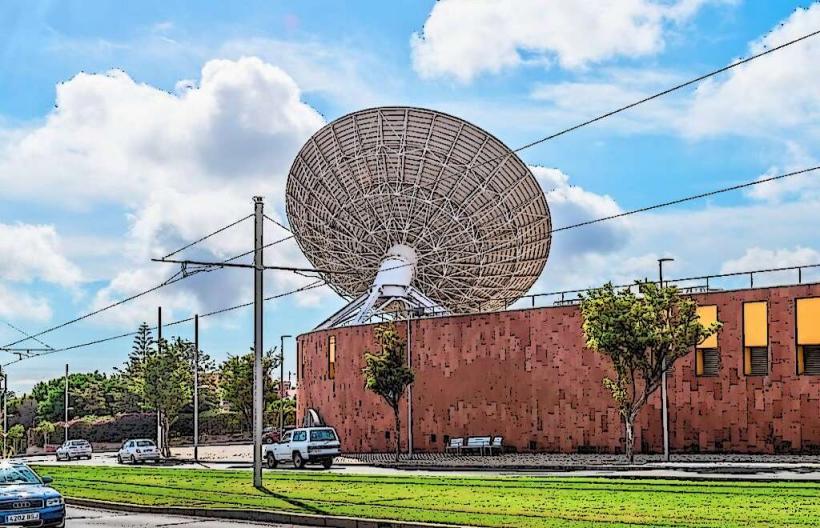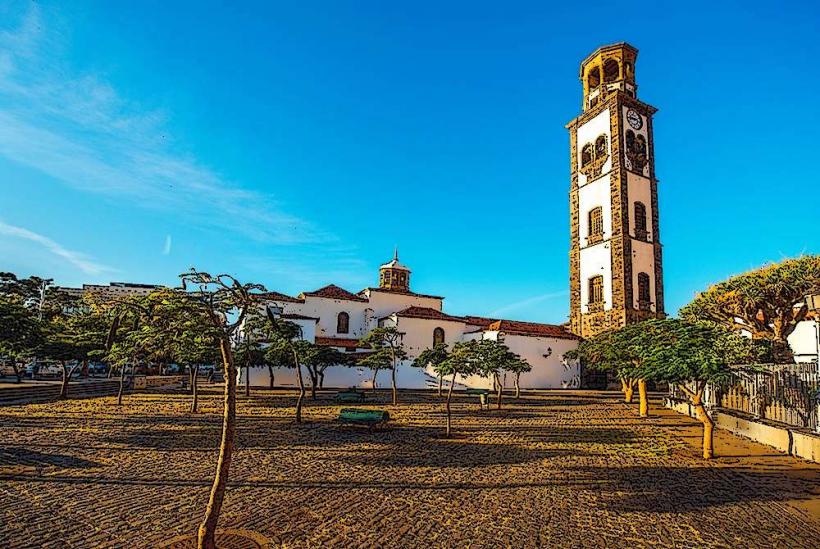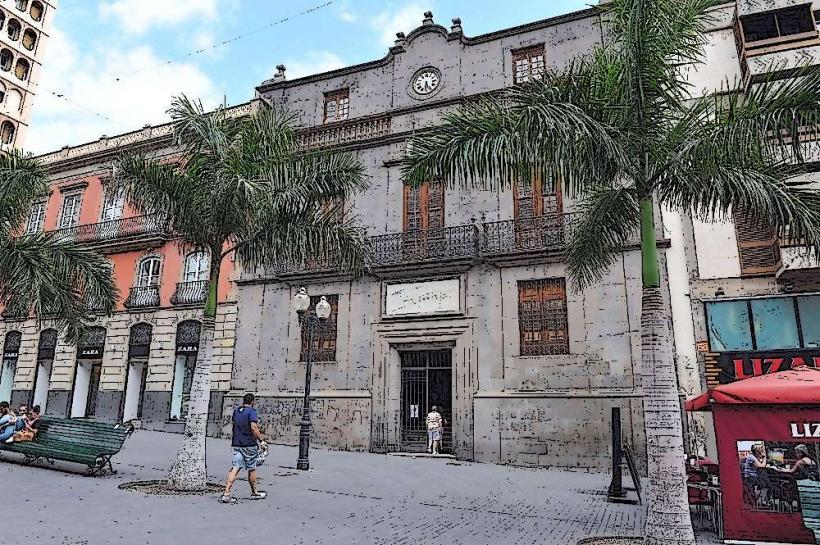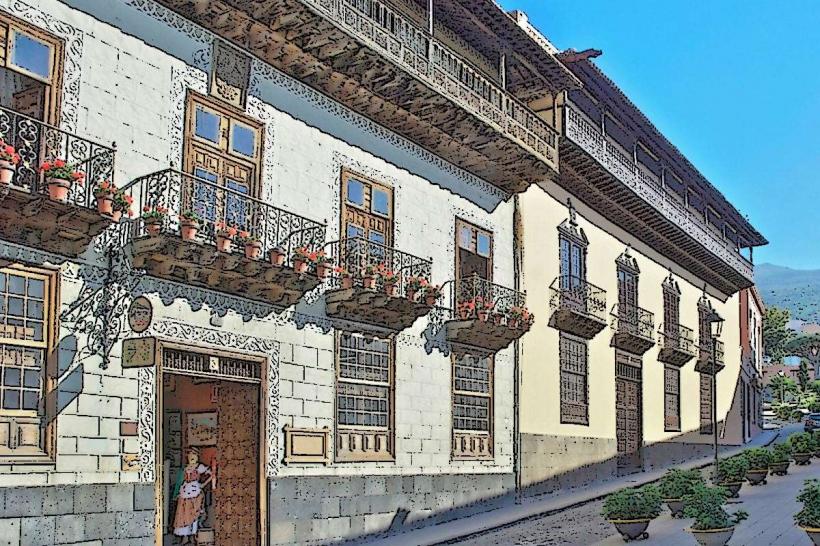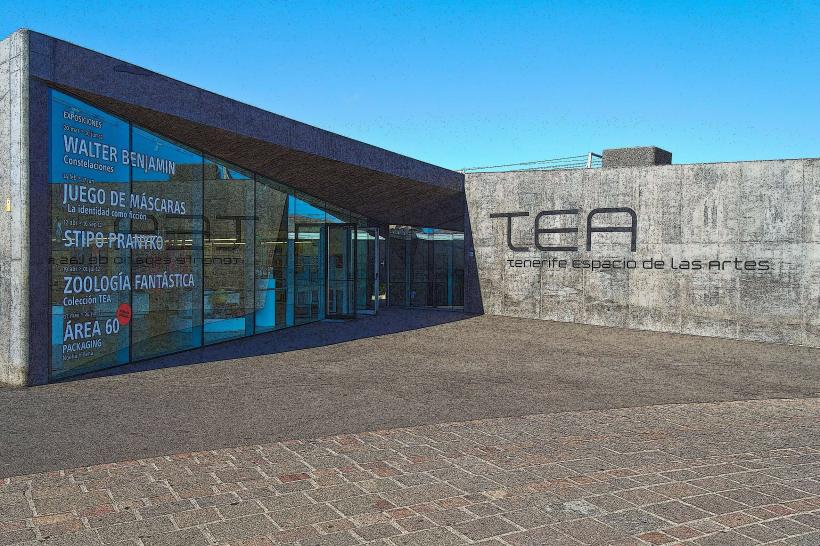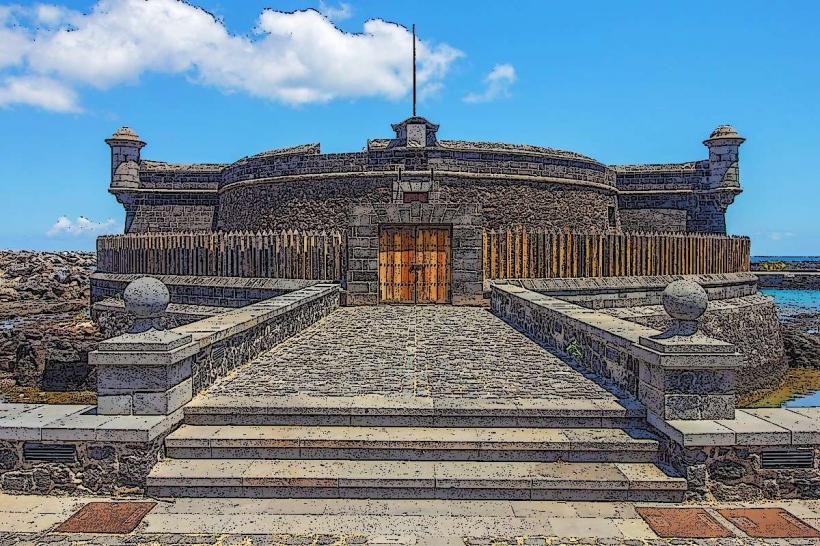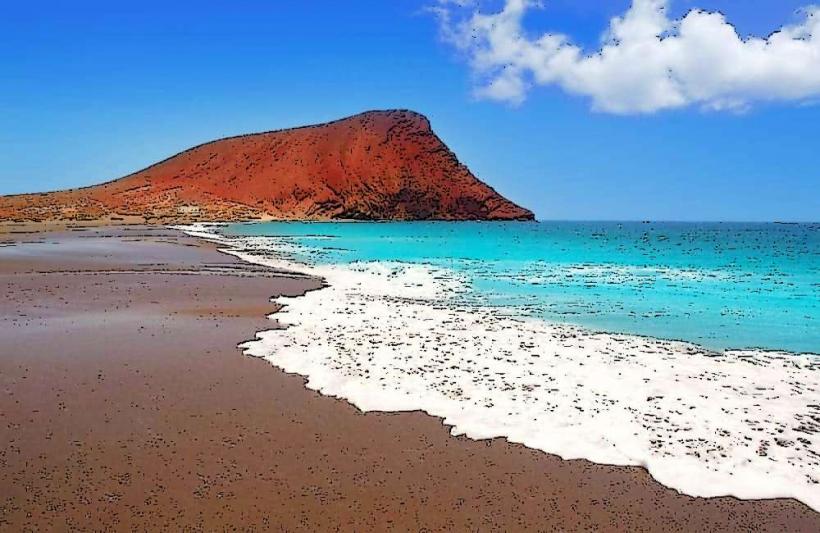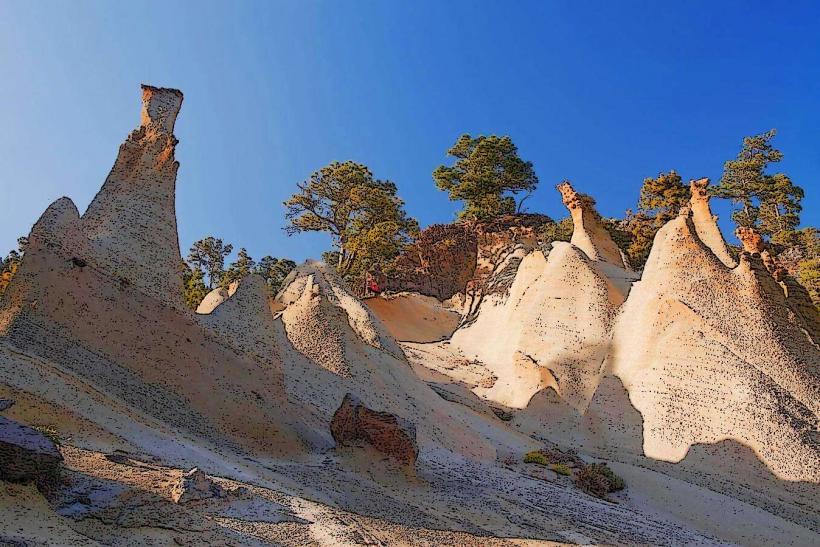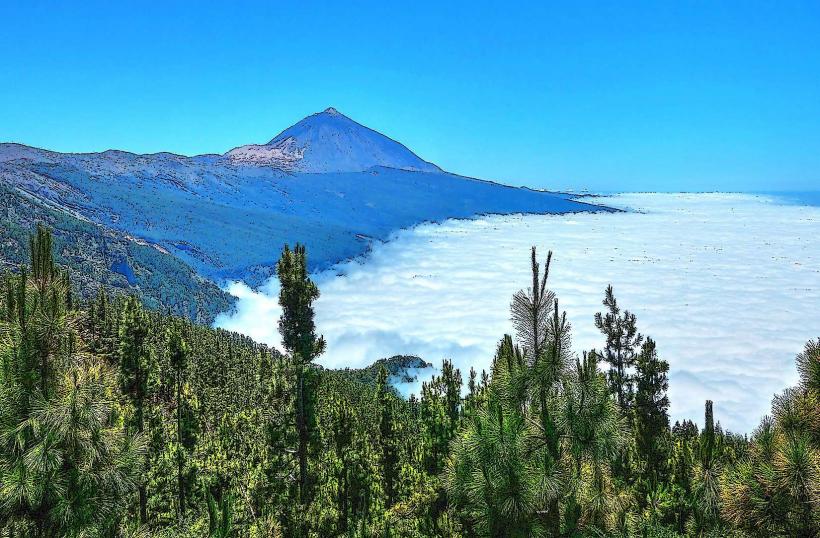Information
Landmark: Cueva del VientoCity: Tenerife
Country: Canary Islands
Continent: Europe
Cueva del Viento, Tenerife, Canary Islands, Europe
Overview
In northern Tenerife, the Cueva del Viento-“Cave of the Wind”-winds through the gloomy earth beneath Icod de los Vinos, a sprawling lava tube that seems to breathe cool air from its shadowy depths, also this vast volcanic tunnel-among the largest on Earth-invites you to wander through Tenerife’s past, winding your way past cool stone walls, hidden galleries, and extraordinary rock formations.About 27,000 years ago, an eruption from Pico Viejo, near Mount Teide, sent molten lava surging underground while the surface hardened, hollowing out winding tunnels and chambers in the rock, consequently today, this cave system stretches more than 18 kilometers (11 miles), the longest lava tube in Europe and second only to Hawaii’s giants.It twists through three interconnected levels-an unusual trait for lava tubes-and holds lava stalactites, frozen lakes of rock, and delicate patterns etched into the walls, as well as you can even spot volcanic fossils and the ghostly imprints of tree trunks scorched long ago.Beyond its geology, Cueva del Viento shelters rare, fragile ecosystems found nowhere else, equally important cueva del Viento shelters over 190 species, many shaped by the cave’s pitch-black, harsh world-tiny insects, spidery arachnids, and even pale, eyeless troglobites that never leave its depths.Outside, sunlight spills over the entrance, where laurel and Canary Island pine grow thick and green, also you can only enter on a guided tour, about two hours long, starting at the visitor center in Icod de los Vinos.Believe it or not, Guides lead you through select tunnels after a short briefing on the cave’s geology and wildlife, helmets and headlamps strapped on, besides expect narrow, uneven passages and deep darkness, along with stories of the cave’s history and ecosystems.It’s not a good fit for anyone with limited mobility or claustrophobia-the walls can press in close, equally important at this center, you’ll get an introduction to how the lava tubes formed, the rare plants and animals that thrive in the cave’s cool shadows, and the area’s cultural and historical importance.The cave sits near Icod de los Vinos, roughly 50 kilometers from Santa Cruz de Tenerife, meanwhile tours run in compact groups to protect the environment, so you’ll need to book ahead-either online or at the visitor center, fairly Wear comfortable clothes and sturdy shoes; the rocky, damp paths can be tricky, in turn leave large bags behind to move easily through the tight passages, more or less Not surprisingly, Tours operate year-round, though schedules can change, simultaneously call ahead to make sure there’s space.Cueva del Viento, dim and echoing, has drawn geologists, biologists, and archaeologists for years of in‑depth study, in turn in the cave, researchers uncovered fossil remains of long-lost creatures, among them Tenerife’s giant lizard and a rat so large its teeth still peek sharp.The site reveals rare, firsthand clues to Tenerife’s volcanic history, from ancient lava flows to the unhurried shaping of its one‑of‑a‑kind ecosystems, simultaneously while you’re here, wander the cobbled streets of Icod de los Vinos and stand beneath the towering Drago Milenario, its gnarled trunk whispering centuries of history, then head into the green expanse of La Corona Forestal for hikes and sweeping views before descending into Cueva del Viento, where Tenerife’s volcanic past unfolds in the cool, shadowed tunnels.It’s a rare chance to wander through an underground world carved by molten rock and alive with strange, otherworldly creatures, on top of that it blends adventure, learning, and stunning landscapes, making it a must-glimpse for nature lovers, geology buffs, and anyone intrigued by the island’s volcanic past-like standing at the rim where warm steam curls into the cool air.
Author: Tourist Landmarks
Date: 2025-09-08

